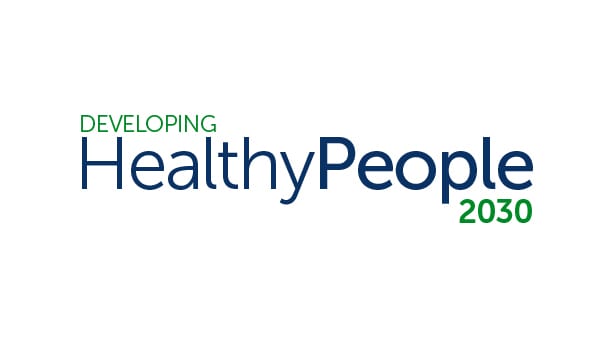HEALTHY PEOPLE 2030
Over the past several decades, the Healthy People immunization and infectious disease objectives have been a cornerstone to national efforts to protect against vaccine preventable conditions across the lifespan. For example, the goal for flu vaccine coverage for adults 18 and over is 70% but the actual rate is closer to 45%, while the goal for pneumococcal vaccine coverage is 60% but the actual rate is closer to 25%. Healthy People objectives help to guide the actions of public and private stakeholders across the country who are committed to improving the health and wellbeing of our nation and provide a foundation for measuring progress.
It is therefore extremely disappointing that the proposed Immunization and Infectious Disease (IID) objectives for Healthy People 2030 (HP2030) seek to eliminate many critical immunization objectives, including Shingles, Pneumococcal, and Hepatitis vaccination. HHS’ Strategic Plan recognizes that “infectious diseases are a major health and economic burden for the United States” and makes a commitment to “support access to preventive services including immunizations and screenings, especially for high-risk, high-need populations.”(1) Nevertheless, the proposed HP2030 plan seeks to remove immunization objectives, at a time when vaccine preventable conditions are resurging in communities across the country and efforts to achieve HP2020 immunization goals for adults have largely stagnated. Instead of redoubling the commitment to disease prevention, the proposed HP2030 plan would significantly minimize and weaken immunization related activities over the coming decade, making immunization an afterthought.
One silver lining is the inclusion of a lifespan measure for seasonal influenza, which is an urgent public health priority for people of all ages. In fact, the Centers for Disease Control and Prevention (CDC) recommends that everyone 6 months and older should receive a flu shot annually. This is especially important for people at risk for complications, including young children, pregnant women, older adults, and those with chronic illness. According to the CDC, a 6.2 percent reduction in the adult immunization rate for flu during the 2017-18 influenza season was a contributing factor in the record number of deaths.(2) The flu accounts for an estimated $8.95 billion, or 65 percent of the annual economic burden, of adult vaccine-preventable diseases.(3)
A similar, consistent approach should be taken with respect to other Advisory Committee on Immunization Practice (ACIP) recommended vaccines. AVAC supports incorporating an adult immunization composite measure, which measures 4 immunizations in one (influenza, Td/Tdap, zoster and pneumococcal), as a Healthy People 2030 objective. The HHS National Vaccine Program Office (NVPO) and the CDC, in collaboration with the National Adult Immunization and Influenza Summit, have developed and tested a new composite measure based on one utilized by the Indian Health Service. It is being initially rolled out for adoption by health plans in the Healthcare Effectiveness Data and Information Set (HEDIS), one of healthcare’s most widely used performance improvement tools.
Having an adult composite is very much in line with the Healthy People 2030 plan to set national goals and measurable, evidence-based objectives to guide federal, state and local policies, programs and other activities to improve health and well-being. It would complement similar composite objectives included for children and adolescent immunization status as part of Healthy People 2020. At the same time, it would align HP2030 objectives with external health care quality measurement tools, streamlining the patchwork of existing adult immunization measures, reducing the reporting burden to providers, and providing a meaningful national picture of access to this important preventive service.
There are numerous challenges to adult immunization, including lack of information about recommended vaccines; financial hurdles; and technological, logistical, linguistic and socioeconomic obstacles.(4) A strong emphasis on vaccine objectives as part of Healthy People 2030 would help to begin to overcome these issues by making it clear that immunization coverage across the lifespan is a shared national priority that all stakeholders in the health care system should be striving for over the coming decade.
